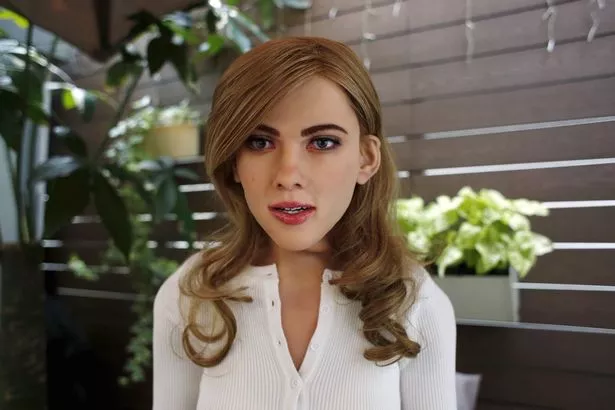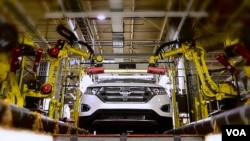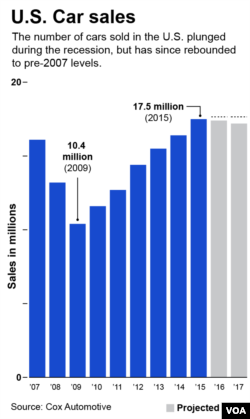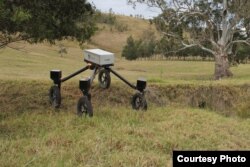easyt65
Diamond Member
- Aug 4, 2015
- 90,307
- 61,233
Ricky Ma has dreamed of designing a humanoid since he was little after becoming obsessed with robots and animation. After years he had finally acquired the 3-D Printer and other equipment needed to build his life-like model of Scarlett Johansson. Ma reportedly loaded the program from the files located on his desk, began the process, then went home for the evening, expecting to find 'Scarlett Johansson' waiting for him when he got in the next morning. Something, however, had gone TERRIBLY wrong.
Ma had expected to see THIS:

What Ma found waiting on him instead was THIS:

As it turns out, one of Ma's colleagues had replaced the computerized schematics for Johansson with those of Hillary Clinton. Unfortunately Ma was not informed of this April Fool's Day prank before he could gouge his own eyes out and throw himself out of his 32nd floor office window.
Man builds scarily lifelike 'Scarlett Johansson' robot from scratch
(Happy April Fool's Day, all. )
)
Ma had expected to see THIS:

What Ma found waiting on him instead was THIS:
As it turns out, one of Ma's colleagues had replaced the computerized schematics for Johansson with those of Hillary Clinton. Unfortunately Ma was not informed of this April Fool's Day prank before he could gouge his own eyes out and throw himself out of his 32nd floor office window.
Man builds scarily lifelike 'Scarlett Johansson' robot from scratch
(Happy April Fool's Day, all.
Last edited:


